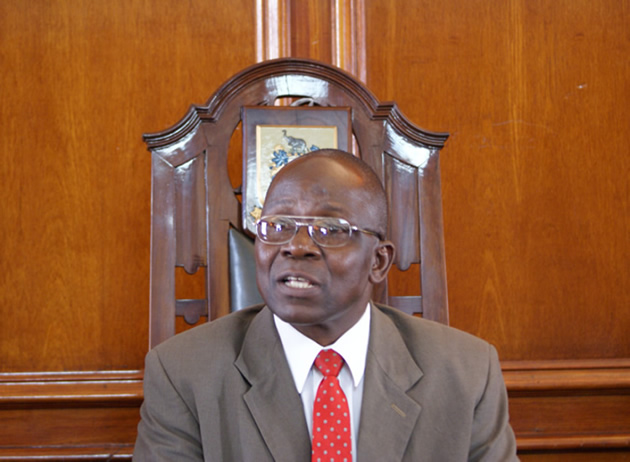EDITORIAL COMMENT: Expedite implementation of power generation projects

EFFICIENT electricity generation and distribution is a critical enabler of economic growth in every country. Investors the world over consider the level of power generation and its cost in making decisions to set up shop in a country.
In Zimbabwe electricity has proved to be one of the cost drivers that cripple efficient production in key sectors of the economy. This problem has been linked to low generation capacity by the sole power utility, Zesa, which has a monopoly in electricity generation and distribution.
Continuous breakdowns due to ageing equipment at the country’s four thermal power stations — Hwange, Munyati, Bulawayo and Harare — have compounded the situation forcing an increase in costs of repair. Dwindling water levels due to drought at Kariba Dam have also crippled hydro power output. This does not augur well with the business community, which needs adequate power supply to boost productivity.
We reported yesterday that the Zimbabwe Power Company (ZPC) has missed its generation target by 9,14 percent to 1 758,24 GWh in the third quarter ended September 30, 2016, citing cash flow challenges and equipment breakdowns. ZPC managing director Engineer Noah Gwariro indicated that the power company had targeted generating 1 935.10GWh during the period under review but could not achieve this.
He said Hwange Power Station, the biggest thermal electricity station in the country with about 920MW installed capacity, was the hardest hit by breakdowns, and was producing below 400MW as of yesterday. The same has been experienced at Harare, Munyati and Bulawayo stations where forced shutdowns have become a new normal with resultant loss of generation capacity.
Of late the country produces an average of 1 000MW per day from about 1 400MW against an average demand of 2 000MW. This has forced Zimbabwe to import electricity from regional producers to cover the supply gap.
This week the Government moved to avert a potential electricity crisis by issuing a R500 million ($35 million) guarantee to South Africa’s power utility, Eskom, to back up power imports from the neighbouring country. Eskom, which supplies Zesa Holdings with 300 megawatts, recently wrote to the power utility threatening to cut supplies over a $12 million debt.
While the Government deserves praise for averting power cuts this year after bridging the gap with imports, we feel more attention should be directed towards expediting new energy development projects. It is encouraging that already several Government-initiated mega investment projects are underway.
Eng Gwariro said progress at the 300MW Kariba South Extension project, for instance, has reached 58 percent in the third quarter as per schedule, hence on target to commissioning the first unit on December 24, 2017. The project is being implemented by Sino Hydro of China. The same company has won a tender for the $1.4 billion 600MW Hwange Units 7 and 8 expansion project, which is awaiting take off as investors are said to be finalising financial closure before end of this year.
The small thermal stations in Bulawayo, Munyati and Harare are also set for upgrade with preliminary survey works for an $87 million Bulawayo Power station repowering project, which is backed by a credit line from the Export-Import Bank of India, already underway.
The 600MW China Africa Sunlight Energy project in the Gwayi area of Matabeleland North, the 800MW Batoka project and several solar energy projects in Gwanda and Insukamini among other independent projects, are still in the pipeline.
We urge the relevant ministry and the Government as a whole to prioritise implementation of these crucial projects to boost power generation in the country. It is our hope that once these projects mature, Zimbabwe will not only achieve energy efficiency but will be a net exporter of electricity to the electricity starved region.
Such a situation would position the country as a prime investment destination. Also because of improved supply, the electricity tariff is expected to drop thereby reducing the burden on the productive sector and domestic consumers. The Zimbabwe Energy Regulatory Authority has said the country was positioned to produce in excess of 5 500MW of electricity by 2030 out of an estimated combined $14 billion investment from the above highlighted projects.
Thus, we also call on the private sector and local authorities to join hands with the Government in ensuring the success of these projects to create a competitive project financing and project development framework for both local and international investors. This requires clear and consistent policies and coherent power sector planning.











Comments